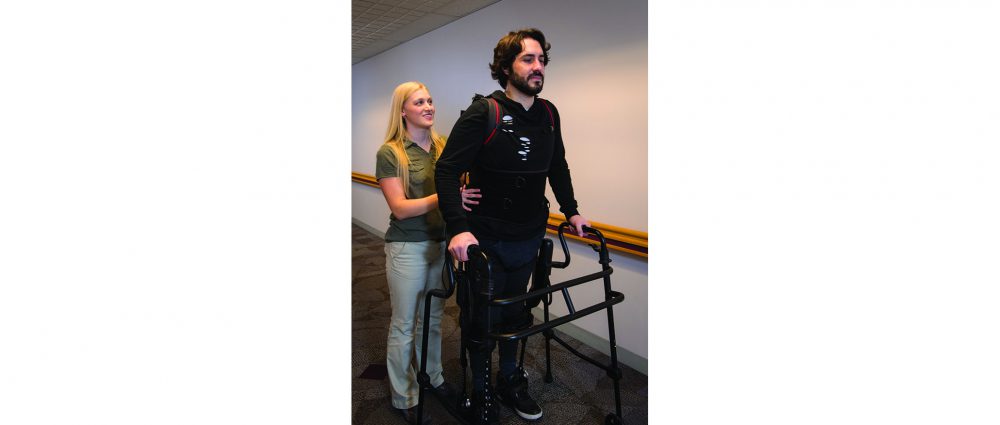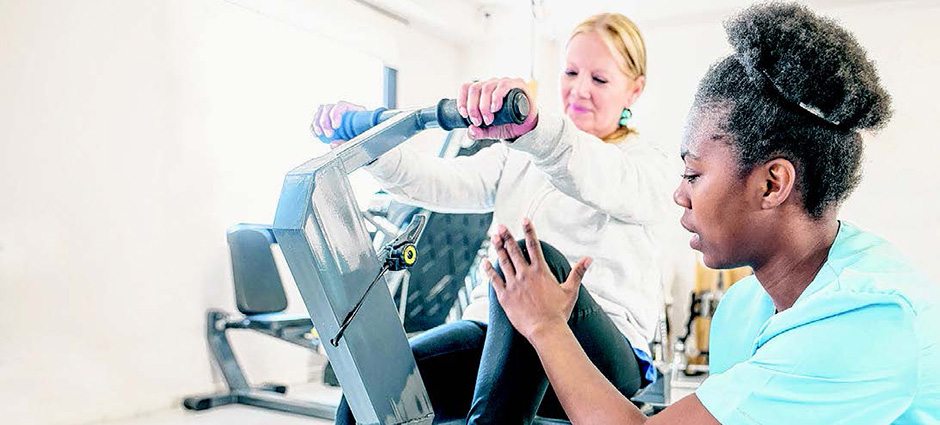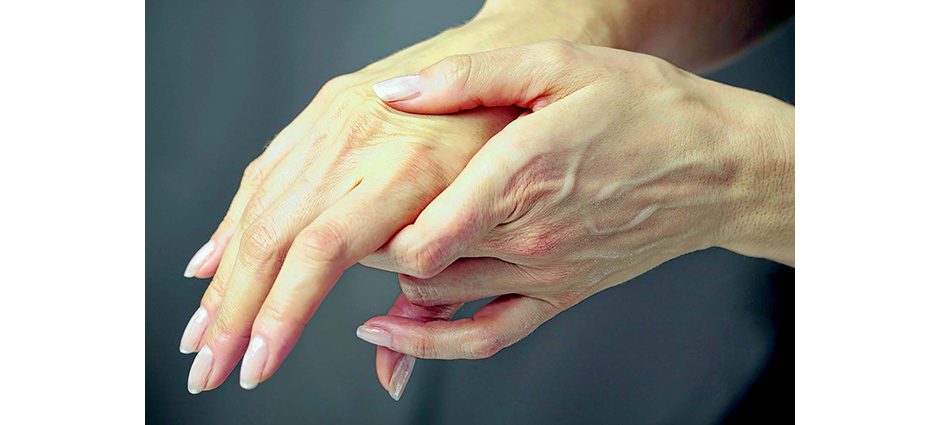
[This piece was written by Jacqueline Swenson, MS PT, Pelvic Health Center at Albany Memorial Hospital, St. Peter’s Health Partners.]
If just the thought of sneezing, jumping or turning on the faucet has you running to the bathroom, you may be one of 13 million women and men suffering from urinary incontinence.
Involuntary loss of urine has nothing to do with aging, as many people think. It is caused by a physical problem resulting from childbirth, weakened muscles, pelvic or abdominal surgeries, hormone changes and other things you can discuss with your doctor.
Since November is bladder health awareness month, it’s an excellent time to learn about the different types of urinary incontinence:
Stress incontinence is when urine loss happens during exercise or with physical exertion. It can be triggered by something simple, like a cough, a sneeze or a laugh.
Urge incontinence is when a person has only a few seconds or minutes of warning before they feel a strong sensation to urinate. Many people do not make it to the bathroom, or leak when they have a drink, or touch or hear running water.
A person can have symptoms of both stress and urge incontinence, which is called mixed incontinence.
Overflow incontinence is when a person cannot completely empty their bladder and always feels like their bladder is partially full.
Urinary incontinence can be embarrassing or distressing, but it doesn’t have to be. There are low-risk, effective treatment options called behavioral techniques performed by specially trained physical therapists that can improve or even resolve your leakage issues. Many patients can enjoy a better quality of life both physically and emotionally.
Treatments may include a combination of:
- Biofeedback involves the use of a painless device that records muscle activity and strength during therapeutic exercises.
- Therapeutic exercise involves a series of individualized exercises designed to strengthen pelvic floor muscles, abdominals, and other muscle groups.
- Electrotherapy uses a device to increase muscle awareness, and tone and strengthen pelvic floor muscles.
- Physiological quieting includes the use of relaxation tapes and instruction in breathing from the diaphragm.
- Bladder retraining involves education about foods and beverages that can contribute to urinary leakage and/or increased urination. Patients keep a bladder diary and receive instruction in retraining their bladder to reduce the frequency of urination.
- Education about the pelvic floor muscles, their function, and overall bladder health.
If you are experiencing incontinence problems, speak to your physician about a referral to The Pelvic Health Center at Albany Memorial Hospital. We offer comprehensive services for the diagnosis and treatment of urinary incontinence issues.
Our physical therapists are specially trained in urinary incontinence management. Our patients benefit from an individualized program that promotes rehabilitation, education and overall well-being.
For more information, please call 518-429-2566 or visit us at www.sphp.com/pelvic-health-incontinence.





